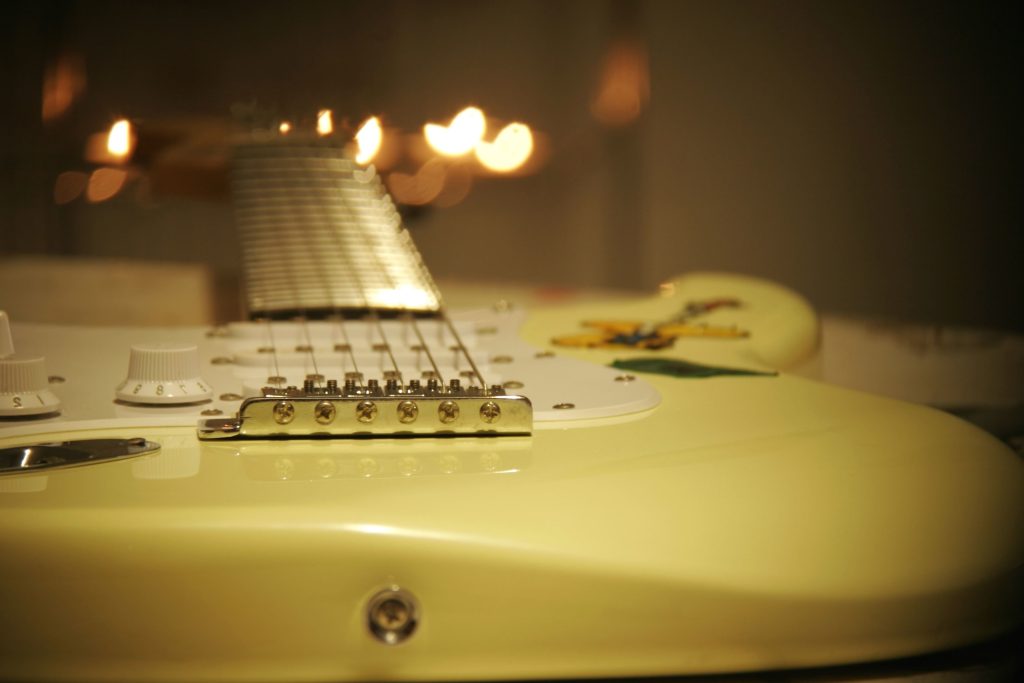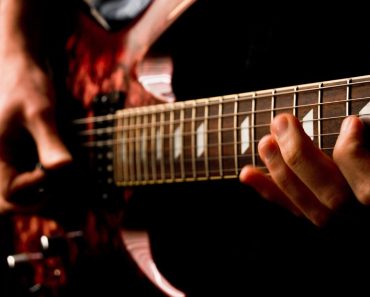An electric guitar with rock ‘n’ roll is more closely associated with a musical style than any other instrument. An electric guitar may play a variety of genres, including jazz, funk, heavy metal, country, reggae, and shoegaze indie rock. Since their inception in the mid-nineteenth century, electric guitars have been utilized in music all around the world.

What Is an Electric Guitar?
An electric guitar is a string-based instrument that makes noise by vibrating strings with a pickup, which converts the vibrations into electrical signals. Those signals are then fed into an amplifier, which projects the song at a wide range of volumes. Electromagnetic induction is used by most pickups, although non-magnetic pickups exist on a few electric guitars.
How Do You Play the Electric Guitar?
Electric guitarists play by striking the strings of their guitars with a pick. Some electric guitarists pluck their strings with their fingers, while others favour a combination of finger and pick.
Electric guitarists have a wide range of methods to change the timbre and tonal character of their instruments. The guitar’s tone and volume controls, as well as its variety of pickups, stompbox pedals, and amplifier features, may all contribute to a broad range of sounds. Electric guitar players such as Wes Montgomery, Brad Paisley, Tom Morello from Rage Against the Machine, and Kevin Shields from My Bloody Valentine can sound significantly different while playing the same instrument because of the options provided by these components.
What’s the Difference Between an Electric Guitar and Acoustic Guitar?
Electric guitars, like acoustic guitars, have many similarities with each other, such as the Spanish guitar, Hawaiian guitar, steel guitar, and lap steel. Electric guitars do not feature a soundhole because they utilize pickups to produce sound rather than a soundhole.

Tips for Playing Electric Guitar
the electric and acoustic guitars) necessitates a lot of practice, as with all instruments. To begin playing the guitar, only know a few chords, but taking excellent guitar lessons can go a long way toward carrying you beyond the fundamentals.
It’s possible to practice on your own using personal recordings or video lessons from the internet. A well-practised session should contain the following:
- A warm-up
- Finger exercises
- Working through chord progressions
- Working up and down scales
- Fingerstyle playing
- Flatpicking
- Two-handed tapping
Is it really necessary for every player to know all of those skills? In practical terms, perhaps not. Your own personal guitar practice regimen will be determined by your own personal aims as a musician.
